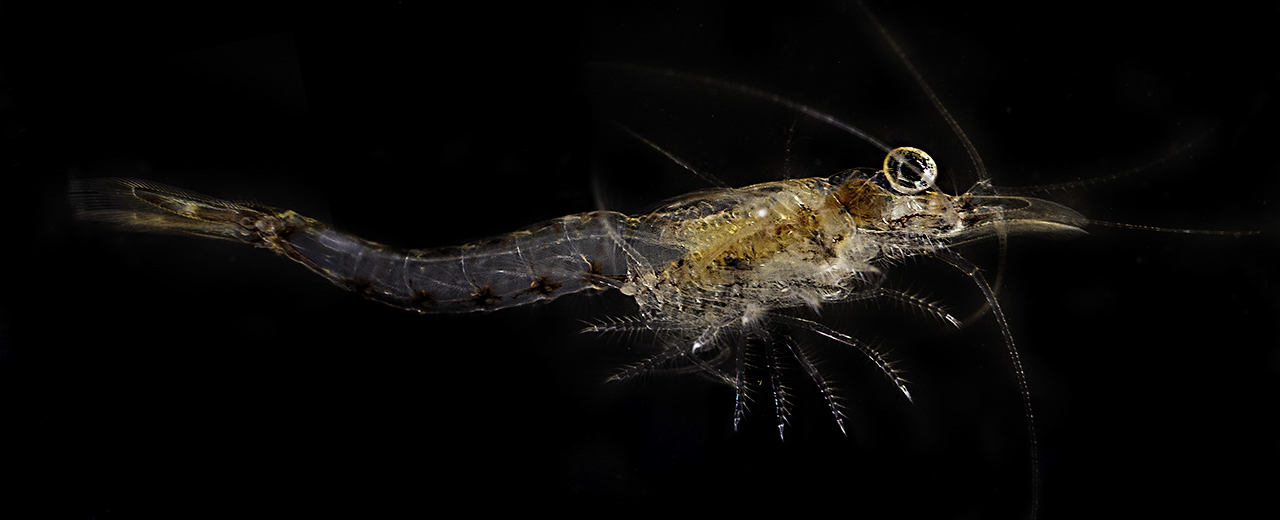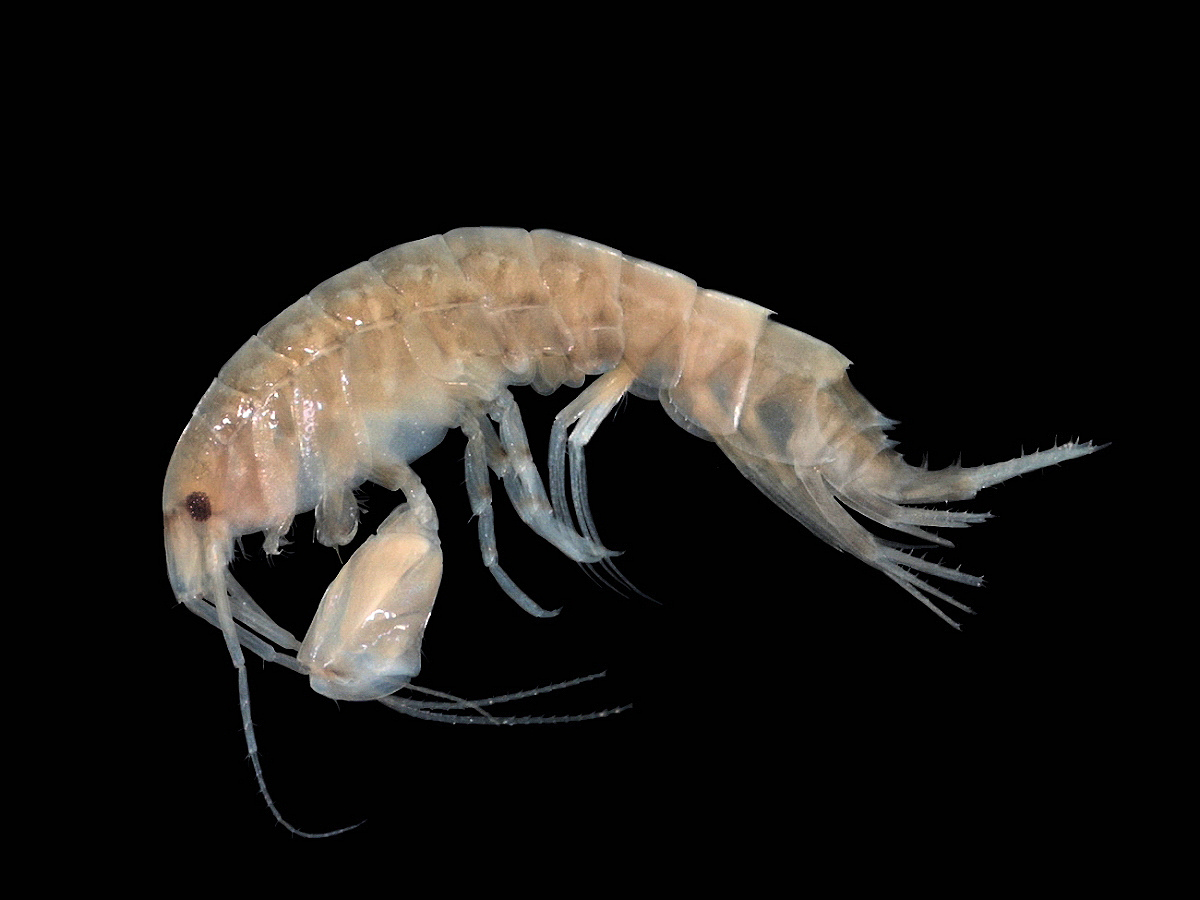|
Paramysis Intermedia
''Paramysis intermedia'' is a species of shrimp in the family Mysidae. Its natural distribution is Ponto-Caspian, but it is also invasive species, e.g. on the Baltic Baltic may refer to: Peoples and languages *Baltic languages, a subfamily of Indo-European languages, including Lithuanian, Latvian and extinct Old Prussian *Balts (or Baltic peoples), ethnic groups speaking the Baltic languages and/or originatin ... coast of Estonia. It tolerates salinities between 0–12 ppt; it occurs in estuaries but does not penetrate very deep into rivers. ''Paramysis intermedia'' measures in length. References {{Taxonbar, from=Q4515575 Mysida Crustaceans of Asia Crustaceans of Europe Fauna of the Baltic Sea Fauna of the Black Sea Fauna of the Caspian Sea Crustaceans described in 1882 ... [...More Info...] [...Related Items...] OR: [Wikipedia] [Google] [Baidu] |
Mysidae
Mysidae is the largest family of crustaceans in the order Mysida, with over 1000 species in around 170 genera. Characteristics Members of the family Mysidae are distinguished from other mysids by the fact that the first pereopod (walking leg) has a well-developed exopod (outer branch), the carpopropodus of the endopod (inner branch) of the 3rd to 8th pereopods is divided into sub-segments and there are statocysts on the endopod of the uropod Uropods are posterior appendages found on a wide variety of crustaceans. They typically have functions in locomotion. Definition Uropods are often defined as the appendages of the last body segment of a crustacean. An alternative definition sugge ...s (posterior appendages). Female petalophthalmidans have two or three oostegites (flexible bristly flaps) forming the base of the marsupium or brood pouch under the thorax, apart from the subfamily Boreomysinae, which has seven pairs of oostegites. Subfamilies and genera The following subfami ... [...More Info...] [...Related Items...] OR: [Wikipedia] [Google] [Baidu] |
Invasive Species
An invasive species is an introduced species that harms its new environment. Invasive species adversely affect habitats and bioregions, causing ecological, environmental, and/or economic damage. The term can also be used for native species that become harmful to their native environment after human alterations to its food web. Since the 20th century, invasive species have become serious economic, social, and environmental threats worldwide. Invasion of long-established ecosystems by organisms is a natural phenomenon, but human-facilitated introductions have greatly increased the rate, scale, and geographic range of invasion. For millennia, humans have served as both accidental and deliberate dispersal agents, beginning with their earliest migrations, accelerating in the Age of Discovery, and accelerating again with the spread of international trade. Notable invasive plant species include the kudzu vine, giant hogweed (''Heracleum mantegazzianum''), Japanese knotw ... [...More Info...] [...Related Items...] OR: [Wikipedia] [Google] [Baidu] |
Baltic Sea
The Baltic Sea is an arm of the Atlantic Ocean that is enclosed by the countries of Denmark, Estonia, Finland, Germany, Latvia, Lithuania, Poland, Russia, Sweden, and the North European Plain, North and Central European Plain regions. It is the world's largest brackish water basin. The sea stretches from 53°N to 66°N latitude and from 10°E to 30°E longitude. It is a Continental shelf#Shelf seas, shelf sea and marginal sea of the Atlantic with limited water exchange between the two, making it an inland sea. The Baltic Sea drains through the Danish straits into the Kattegat by way of the Øresund, Great Belt and Little Belt. It includes the Gulf of Bothnia (divided into the Bothnian Bay and the Bothnian Sea), the Gulf of Finland, the Gulf of Riga and the Bay of Gdańsk. The "Baltic Proper" is bordered on its northern edge, at latitude 60°N, by Åland and the Gulf of Bothnia, on its northeastern edge by the Gulf of Finland, on its eastern edge by the Gulf of Riga, and in the ... [...More Info...] [...Related Items...] OR: [Wikipedia] [Google] [Baidu] |
Fauna Europaea
Fauna Europaea is a database of the scientific names and distribution of all living multicellular European land and fresh-water animals. It serves as a standard taxonomic source for animal taxonomy within the Pan-European Species directories Infrastructure (PESI). , Fauna Europaea reported that their database contained 235,708 taxon names and 173,654 species names. Its construction was initially funded by the European Commission (2000–2004). The project was co-ordinated by the University of Amsterdam The University of Amsterdam (abbreviated as UvA, ) is a public university, public research university located in Amsterdam, Netherlands. Established in 1632 by municipal authorities, it is the fourth-oldest academic institution in the Netherlan ... which launched the first version in 2004. The Museum für Naturkunde in Berlin took over the hosting of the web portal in 2013, and a new web portal was launched in 2015. References External links * * * * PESI – a taxonomic ba ... [...More Info...] [...Related Items...] OR: [Wikipedia] [Google] [Baidu] |
Mysida
Mysida is an order (biology), order of small, shrimp-like crustaceans in the malacostracan superorder Peracarida. Their common name opossum shrimps stems from the presence of a Brood pouch (Peracarida), brood pouch or "marsupium" in females. The fact that the Crustacean larvae, larvae are reared in this pouch and are not Motility, free-swimming characterises the order. The mysid's head bears a pair of stalked eyes and two pairs of antennae. The thorax consists of eight segments each bearing branching limbs, the whole concealed beneath a protective carapace and the abdomen has six segments and usually further small limbs. Mysids are found throughout the world in both shallow and deep marine waters where they can be Benthos, benthic or pelagic, but they are also important in some fresh water and brackish water, brackish ecosystems. Many benthic species make Diel vertical migration, daily vertical migrations into higher parts of the water column. Mysids are filter feeders, omnivores ... [...More Info...] [...Related Items...] OR: [Wikipedia] [Google] [Baidu] |
Crustaceans Of Asia
Crustaceans (from Latin meaning: "those with shells" or "crusted ones") are invertebrate animals that constitute one group of Arthropod, arthropods that are traditionally a part of the subphylum Crustacea (), a large, diverse group of mainly aquatic animal, aquatic arthropods including decapoda, decapods (shrimps, prawns, crabs, lobsters and crayfish), ostracoda, seed shrimp, branchiopoda, branchiopods, argulidae, fish lice, krill, remipedes, isopods, barnacles, copepods, Mysida, opossum shrimps, amphipods and mantis shrimp. The crustacean group can be treated as a subphylum under the clade Mandibulata. It is now well accepted that the Hexapoda, hexapods (insects and entognathans) emerged deep in the Crustacean group, with the completed pan-group referred to as Pancrustacea. The three classes Cephalocarida, Branchiopoda and Remipedia are more closely related to the hexapods than they are to any of the other crustaceans (oligostracans and multicrustaceans). The 67,000 described spec ... [...More Info...] [...Related Items...] OR: [Wikipedia] [Google] [Baidu] |
Crustaceans Of Europe
Crustaceans (from Latin meaning: "those with shells" or "crusted ones") are invertebrate animals that constitute one group of arthropods that are traditionally a part of the subphylum Crustacea (), a large, diverse group of mainly aquatic arthropods including decapods (shrimps, prawns, crabs, lobsters and crayfish), seed shrimp, branchiopods, fish lice, krill, remipedes, isopods, barnacles, copepods, opossum shrimps, amphipods and mantis shrimp. The crustacean group can be treated as a subphylum under the clade Mandibulata. It is now well accepted that the hexapods (insects and entognathans) emerged deep in the Crustacean group, with the completed pan-group referred to as Pancrustacea. The three classes Cephalocarida, Branchiopoda and Remipedia are more closely related to the hexapods than they are to any of the other crustaceans (oligostracans and multicrustaceans). The 67,000 described species range in size from ''Stygotantulus stocki'' at , to the Japanese spider crab with a l ... [...More Info...] [...Related Items...] OR: [Wikipedia] [Google] [Baidu] |




